Bosch Digital Wall Scanner with Modes for Wood, Metal, and AC Wiring
$79.00
The New Bosch GMS120 Wall Scanner features Multi-Mode Detection-For wood studs, metal objects (rebar, studs and steel/copper pipes) and live wiring. Illuminated Graphical LCD Display-Indicates mode, detection strength and more. Deep Metal Detection Capability-Detects steel up to 4-3/4 in. (120 mm) deep in cured concrete. Automatic Center Finder-For locating center of detected wood or metal object. 3 Selection Modes (Wood, Metal, AC Wiring) with automatic calibration for easy and precise detection. Audible Detection Signal-With On/Off button. Ergonomic Soft-Grip-For secure grip and comfort. Illuminated ring indicates detection status.
In stock



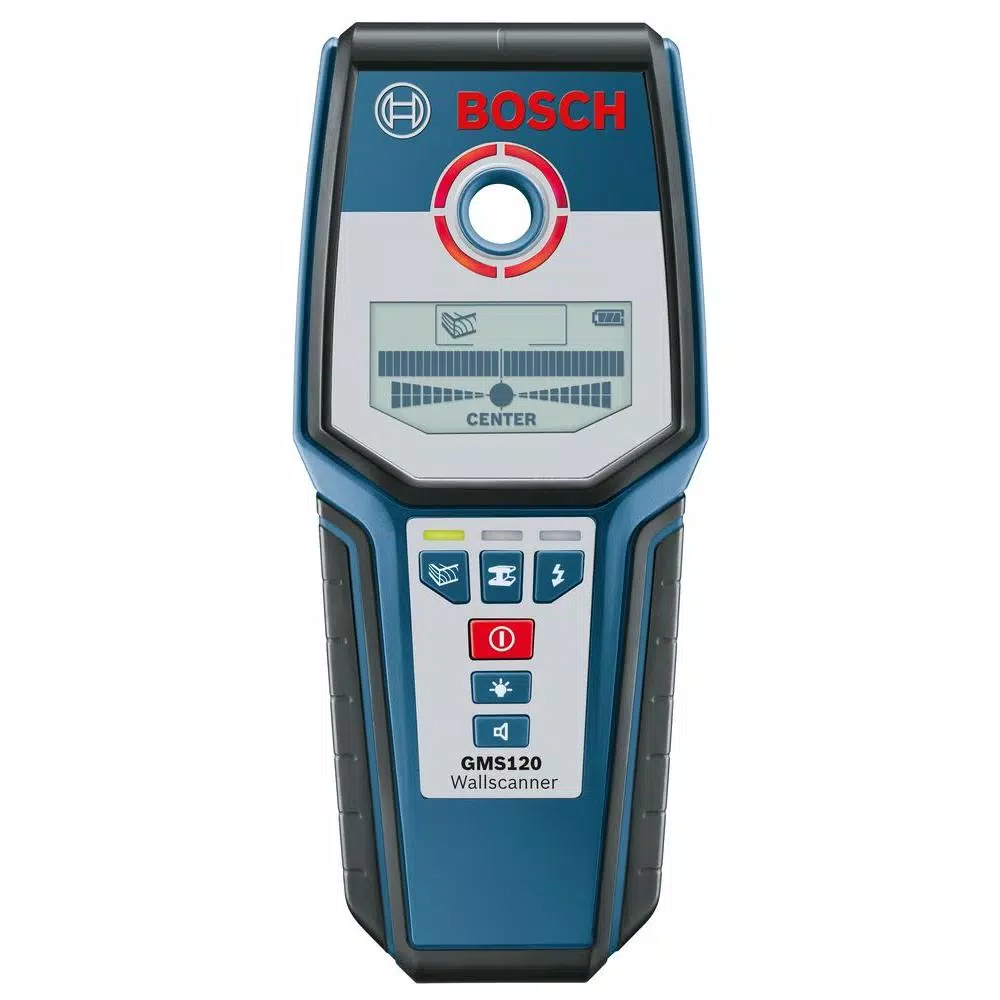
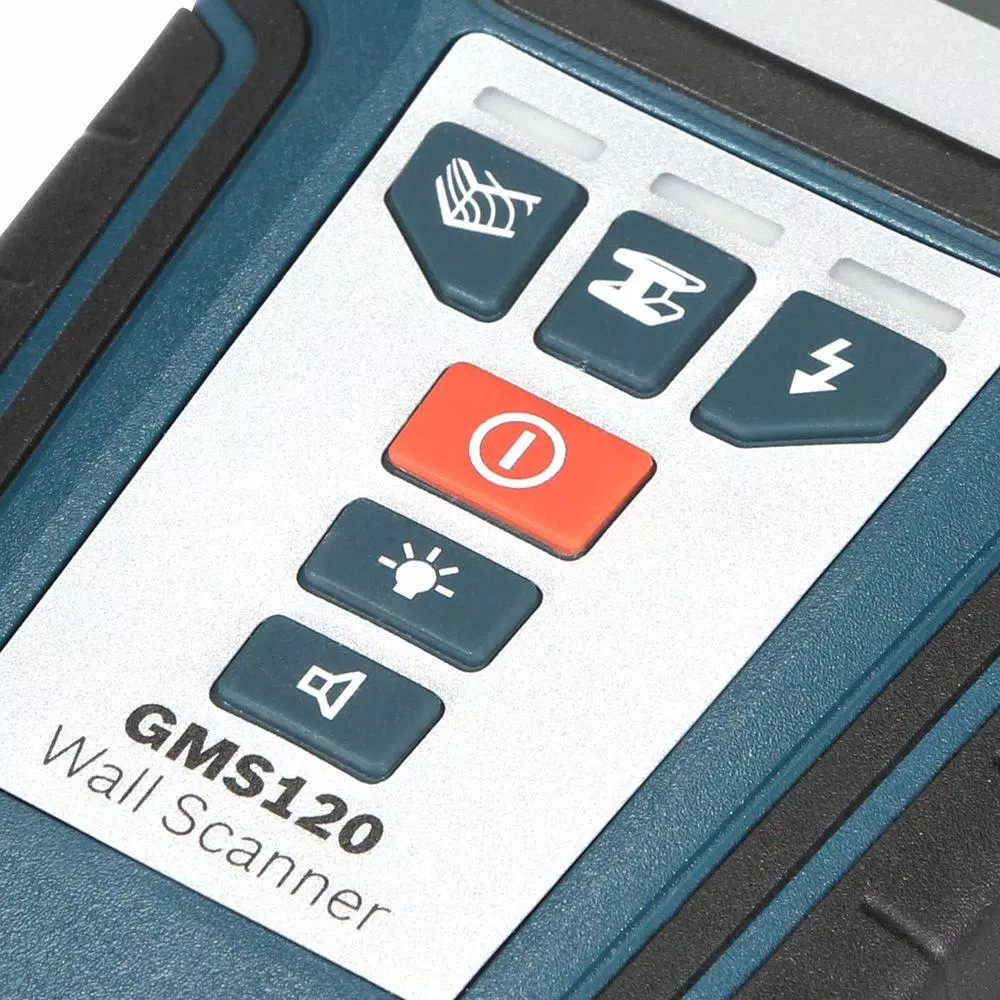
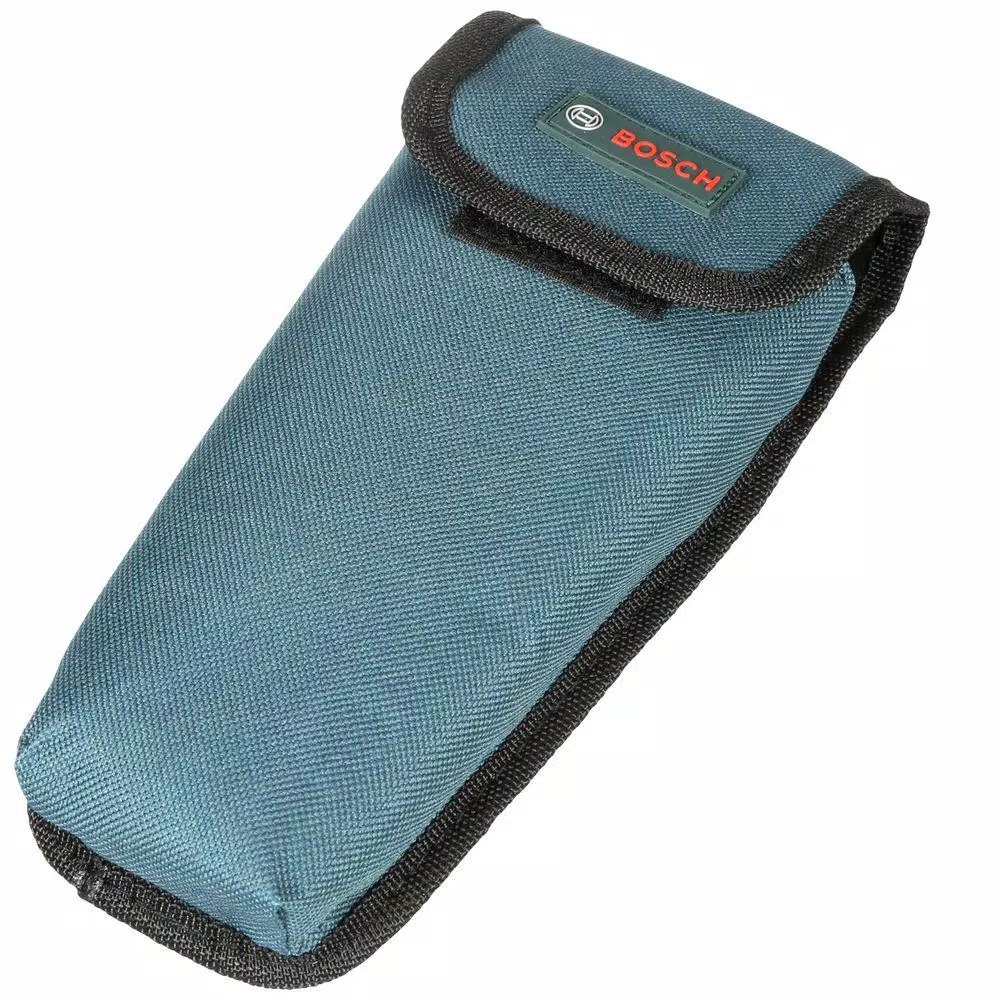
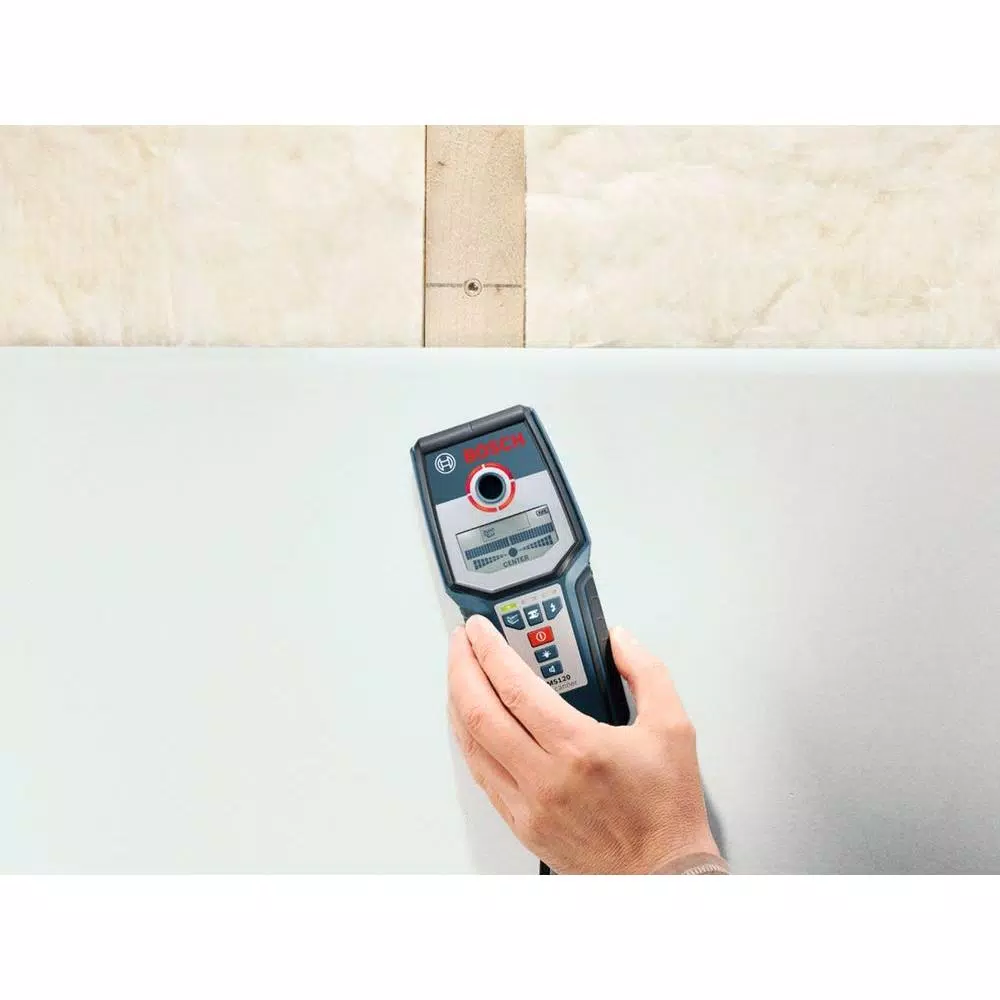
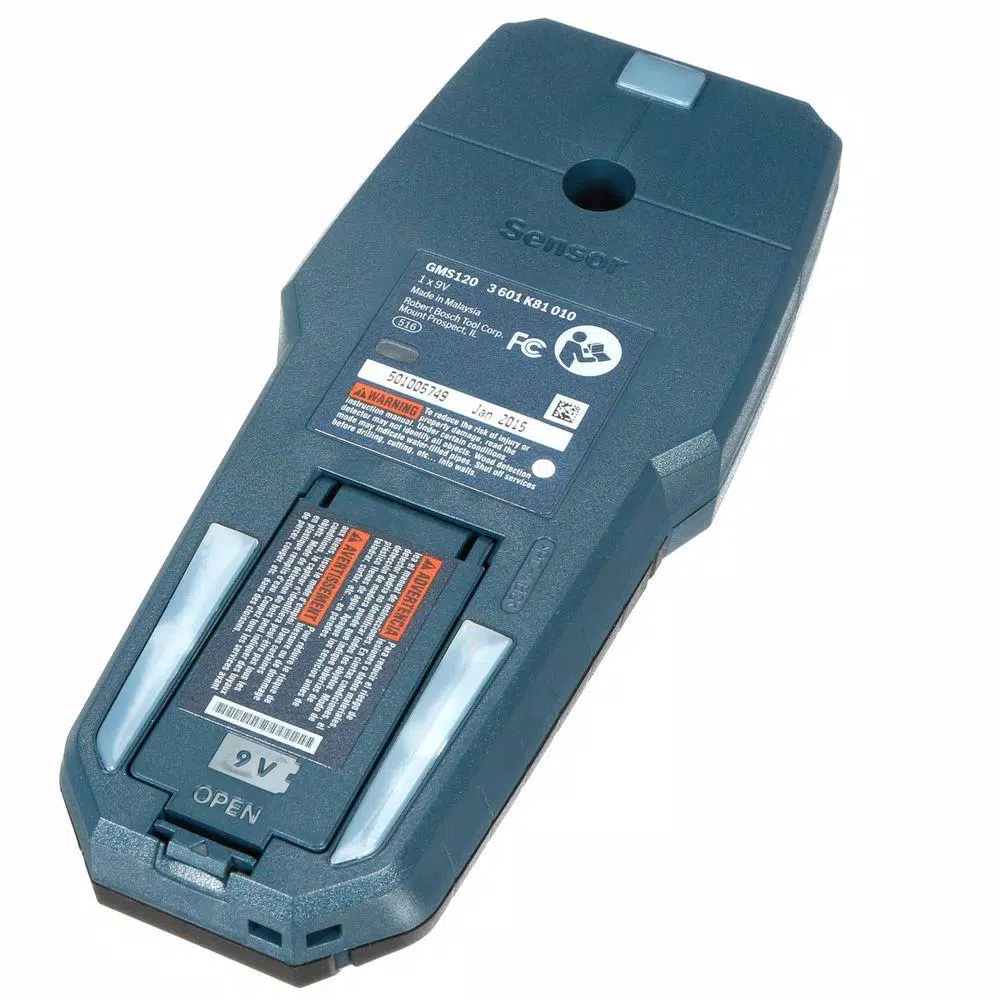
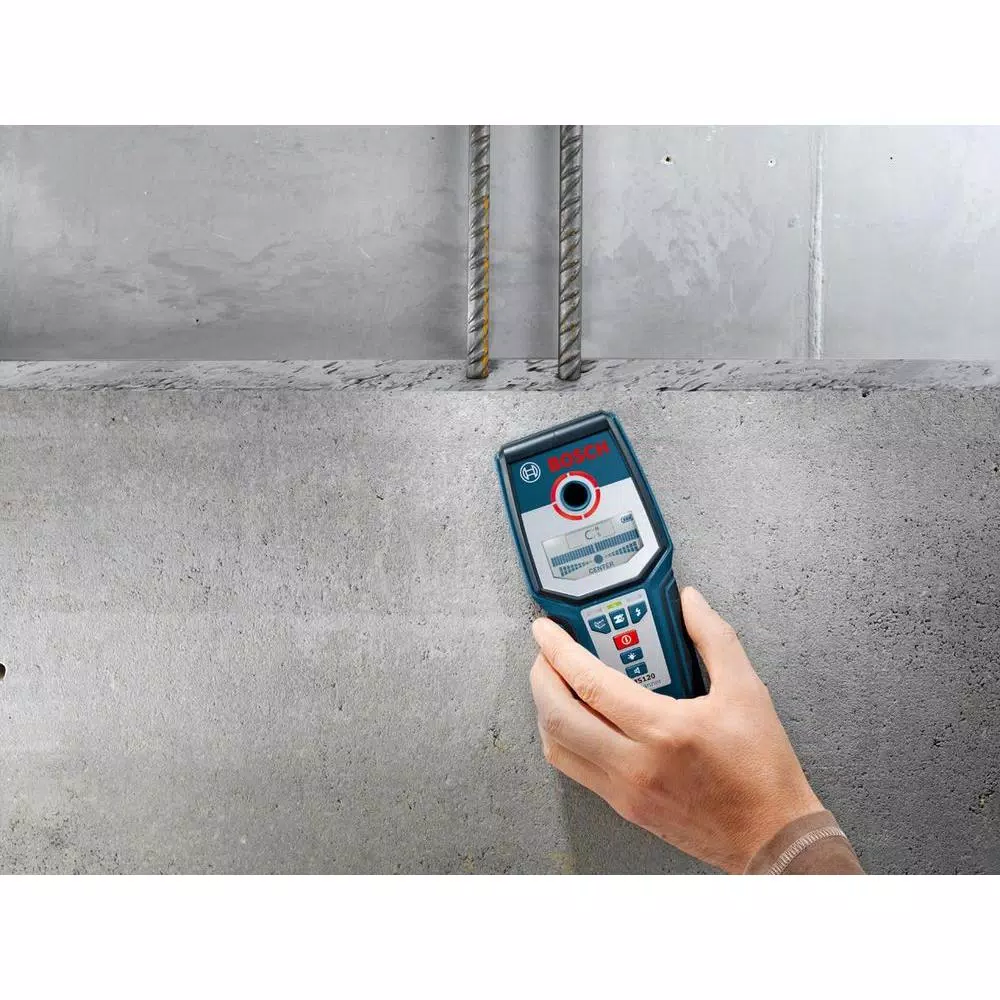
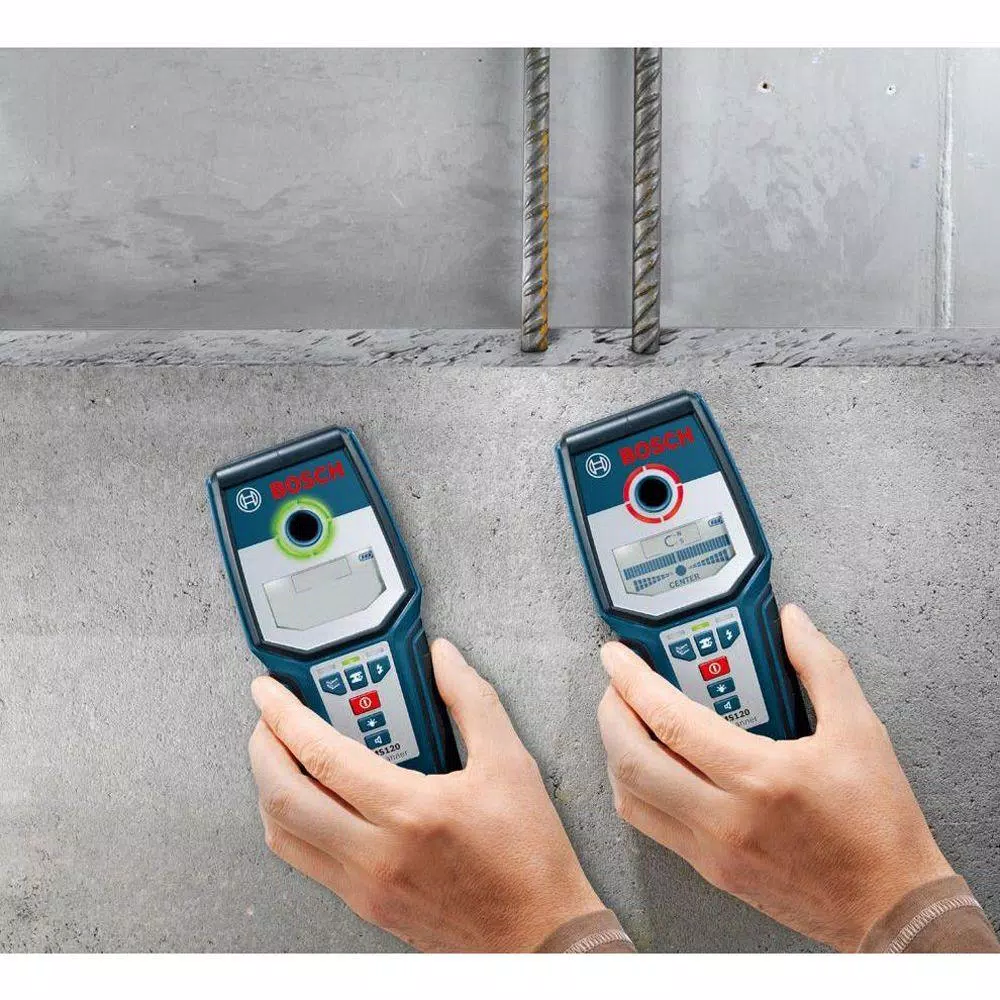






















Bessie Heaney (verified owner) –
Good for Finding electrical but okay on finding wood
Jayce VonRueden (verified owner) –
Worked better then I thought it would.
Lexie Ortiz (verified owner) –
Bought this for several reaons: 4.5 inch depth reading; auto center; locates rebars in concrete. Beats the top of the line stud finders I already have. Easy to use, even for my wife.
Kory Cremin (verified owner) –
If you are after something to locate studs for hanging a picture or mounting a TV, then this detector is overkill. But if you are a serious modeler, or need a full featured detector, this is the tool for you.I should warn you that there is leaning curve if you want to make full use of this detector. It presents a lot more information then a standard stud detector. There is the audio output like a basic stud detector. I find it annoying, but you may find it useful. It would be nice if it had a volume control, but at least you can turn it off. And the detector remembers for the next time you use it. It has a detector. It has a centering hole, with a ring around it that changes color to give a quick visual indication. Then there are two bar graphs that show “signal” strength, and centering.The centering graph is easy to use, but it needs to calibrate itself, so it is not going to show you the center of the stud until you hit the far edge. This is because it does not know how wide the stud is before then. But once it knows, you can back up the scanner and get a good center reading. Once you get used to it, you will love it because it gives you the true center. It works the same for other detection modes.The strength meter will give you an indication of how deep something is in the wall. Once you get a feel for it, it will let you estimate how deep or how big a metal object is. It is handy for telling the difference between a nail and a buried cable or pipe.The icons will tell you when it is detecting something for a different mode then you are using. If you pay attention, it can save you from cutting a wire.The mode button you select lights up to remind you what mode you are in, and there is a light you can turn on to illuminate the LCD display. Someone was thinking when they designed the scanner.I was able to try it on both plastered and drywalled walls. I was luck to have 2 walls where I know the location of the studs, so I could test how accurate the detector is. For the drywalled walls, it was very accurate. For plaster walls, the results were not as good. From past experience, I was surprised that it could detect the studs at all. It did much better when set to detect the nails fastening the lath to the studs.How well the live wire detector works depends on the wiring. If it detects the wire, it will give you a nice map of how it runs. But if you have BX, or knob and tube wiring, it may not detect the wiring. The metal sheathing on the BX effectively blocks the signal from the live wires. With knob and tube wiring, it will usually detect the wires to a switch if the switch is off, and their is a light in the circuit. If the switch is on, it may miss the wires. All non-contact detectors run into the same problem. Luckily it is rare to run into knob and tube wiring. I just happen to have a house that is over 100 years old, and has several different types of wiring. So it presents interesting challenges that you don’t normally run into!
Jalon Casper (verified owner) –
I used the Bosh Digital Wall Scanner to locate the studs in my stairway. I located the studs without any problems, and the I installed an additional stair rail. It was a no brainier with this product. I’m not a carpenter just a do it yourself er.
Gregoria Williamson (verified owner) –
Very happy with this purchase. It has not let me down. As I’m in an office it’s perfect for finding the aluminum studs.
Yessenia Glover (verified owner) –
This is a very good and solid wall scanner, it does what it says and is very accurate in finding studs behind drywall. It has a bunch of nice features and I prefer to use it over my cheaper Zircon stud finder.It has a nice opening so that you can easily mark the drilling location. A simple but very convenient feature. The display, lights, and tones are all very useful especially when working in tight locations or on ladders.I wanted to use this to locate floor joists under berber carpet in order to drive some screws to fix flloor squeeks. The manual says it can do such job. I was disappointed with its inability to detect those joists. It kept beeping like crazy and gave irregular results no matter which direction I ran. My Zircon stud finder also struggled and couldn’t get this job done so I’m sure this has a lot to do with the type of carpet and thick undercarpet layer.I also tested the feature to detect wiring in the wall, and this works well as described.I did not test the feature of detecting rebar in concrete walls.I cannot give it 5 stars since I was expecting a better result for undercarpet floor joist detection.
Hallie Schneider (verified owner) –
This easy-to-use stud/metal/wire finder is great for the thick drywall/plaster in my house and works much better than the cheaper electronic ones I have used in the past. At the end of this review is a link to a demonstration video I made. Most of my 1950s home’s walls have drywall coated in plaster and are about 1″ thick is most spots so non-electronic and electronic stud finders never worked too well. Remodeled areas of my home also have the standard 5/8″ or 1/2″ thick drywall and 3/4″ thick wood paneling which I use this mostly successfully on. I also used this successfully to detect copper and galvanized pipes behind cement board/tile and to find rebar in cement. It can detect steel as deep as 4.75″ in the wall, wood up to 1.5″ and wires up to 2″.Using it around the house, I find it works better in the thick walls and wood paneling, especially for finding live wires. In the standard thickness drywalled walls, it does not find electrical wires well but it does find studs and plumbing well. The only downside to this detector is I cannot get it to consistently find electric wires behind 1/2″ or 5/8″ drywall which is standard on most homes. In most cases, it will not detect them at all but does give a reading sometimes. This is probably due to the finder only being able to detect wires up to 2″ deep in the wall. Sometimes wires are not within 2″ of the drywall surface. It also cannot detect studs well behind wood paneling which is not surprising. I find it pretty user-friendly, just turn it on, set your mode (wood, metal, electrical) then place it on the wall and give it a second to calibrate. Afterwards, start searching. It will alert you to whatever mode you have it set on with a bar gauge. When you have it on wood mode, it will also alert you to metal and wires which is convenient. It makes noises as you get closer (you can turn the sound off, it is a bit irritating). When you find the center of a stud, pipe or wire, the finder has a convenient holes you can stick a pencil through the mark it. It seems to find wood with the assistance of finding screws/nails and overall, I find its best to scan up and down to find the exact position of the stud, pipe or wire. You probably wont get the exact location on the first bullseye. The finder also has a backlight for the screen when using in dark areas.The finder comes with a 9v battery, carrying case and directions as well. The directions take a little reading. Overall, this is great for finding studs and pipes but 4/5 stars for the general inability to find electrical behind standard thickness drywall. 5 stars for versatility and ease of use. I thought about knocking it down a star for general failure to detect wiring but its scan range for wiring is limited as stated.Overview and demonstration: https://youtu.be/nlW0wfVhoVo
Lance Bogisich (verified owner) –
He loves it ! Perfect gift for him
Mariah Bartoletti (verified owner) –
Awesome, if there’s anything wrong it’s probably on my end. lol
Austen Wisozk (verified owner) –
Bought the stud finder to locate metal studs in a trailer behind plywood.Seems to work fine but the audio is a frequency and audio level that I can’t hear.
Marty Rosenbaum (verified owner) –
Very handy and easy to use
Madeline Krajcik (verified owner) –
works really good. it detects 3 different finders. wood, metal, and hot wiring. would recommend this product.
Rebekah Friesen (verified owner) –
Just ordered this scanner to find studs to hang shelves and this tool made the job of finding studs so easy!!
Lily West (verified owner) –
Great for any wall. Our house has hard plaster walls, and a single wet wall that is ten inches thick. Recently I needed to assess the wet wall to plan for new ductless air system. This would have been problematic since I did not want to demo the wall blindly. By using this scanner I was easily able to identify wires, plumbing and studs despite the thickness of the plaster as well as the depth of the wall. After many years as a contractor, I finally embraced this technology…maybe the old dog actually can learn new tricks!
Rex Willms (verified owner) –
So far so good. Lighting helps in dark spaces like under a counter.
Furman Hamill (verified owner) –
I have several “stud finders” that I have accumulated over time. None of them ever really exuded confidence to me that they were accurately detecting stud location. Forget confidence that I was actually driving a screw or nail close to the center of the stud. This new Bosch GMS120 eliminates the guesswork. In one situation I had the drywall open in a couple spots so was able to really see the accuracy of the center finder. It also quickly reports the presence of metal and electrical cables. I’m not an operators manual reader so I also liked the ease of use and quick learning curve of this device also.
Dwight Mosciski (verified owner) –
This wall scanner is a must have for a DIYER and contractors alike it found most of the studs in the wall i was looking for and alerted me to some electrical wires I didn’t know where close to my work area of the wall. overall this is a great tool well constructed looks good and erginomicly pleasing to the hand
Genoveva Tromp (verified owner) –
I received this tool as a Christmas gift to replace me dead stud finder. My first use of the tool was to see if it would detect rebar in a six inch thick concrete floor. I had a fairly good idea where the 12″ X 12″ grid was but this tool allowed me to install 4″ anchors with increased confidence. I was installing an automotive hoist…5 anchors per column. I did not hit one rebar (rebar was installed on 3″ pedestals so it should have been 3″ deep…my holes were 5″). I am looking forward to testing the other features of this tool but considering that I only expected it to be used for finding studs the tool has already exceeded my expectations. My rating may seem low considering this note but since I have yet to try any other functions of this tool I think 4 is pretty fair.
Rodrigo Bartell (verified owner) –
Easy to sit-up and easy to use